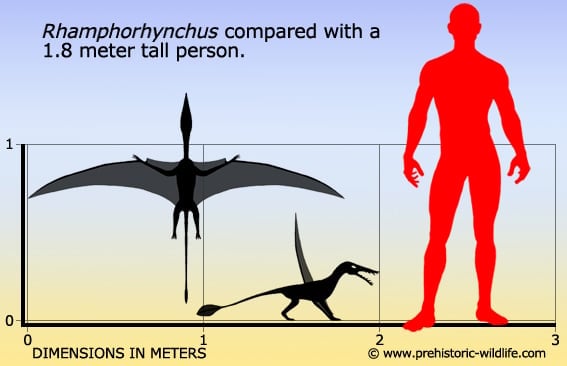Não sei, mas acho que a cauda não seria de grande influência em conseguirem fazer isso ou não.
O pterossauro ranforrinco tinha uma cauda maior até, e parece um tipo de animal que seria mais dependente de vôo até do que essas dino-aves.

[...] It was once thought that pterosaurs were not well adapted for active flight and relied largely on gliding and on the wind to stay in the air. However, based on analyses of pterosaur skeletal features (including work done by Berkeley's own Kevin Padian), it is now thought that all but the largest pterosaurs could sustain powered flight. Pterosaurs had hollow bones, large brains with well-developed optic lobes, and several crests on their bones to which flight muscles attached. All of this is consistent with powered flapping flight. [...]
http://www.ucmp.berkeley.edu/diapsids/pterosauria.html
(não é "minha nossa, como isso prova sem dúvida alguma", mas...)
Nota que vale sempre a pena repetir: ignore tudo que vir das fontes reptileevolution.com/org e pterosaurheresies.qualquercoisa. São só coisas que o ilustrador simplesmente inventa a partir de pareidolias em imagens digitalizadas dos fósseis, além de interpretações pessoais larga ou completamente rejeitadas (como pterossauros bípedes).
Confuciusornis tinha "duas caudas", mas não eram ósseas, apesar de terem esse jeitão.

